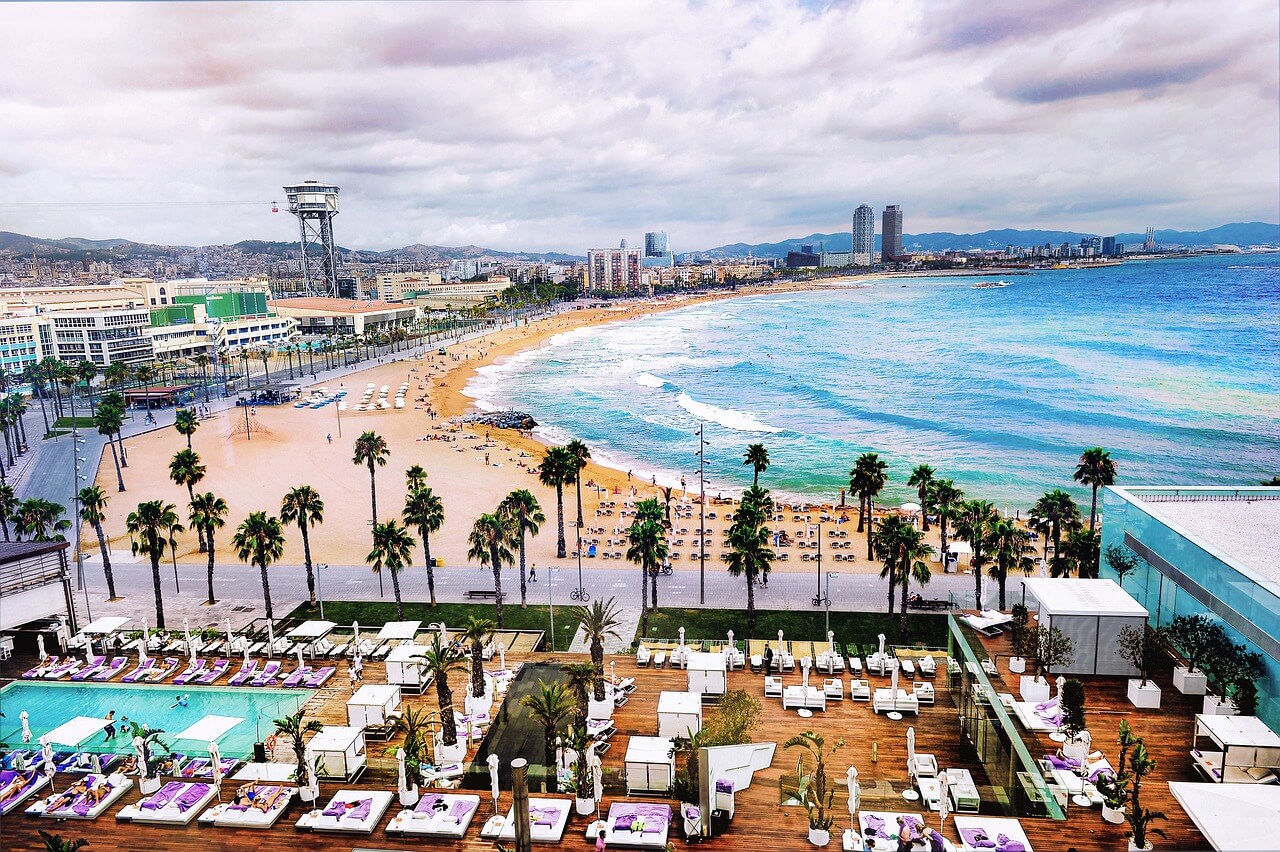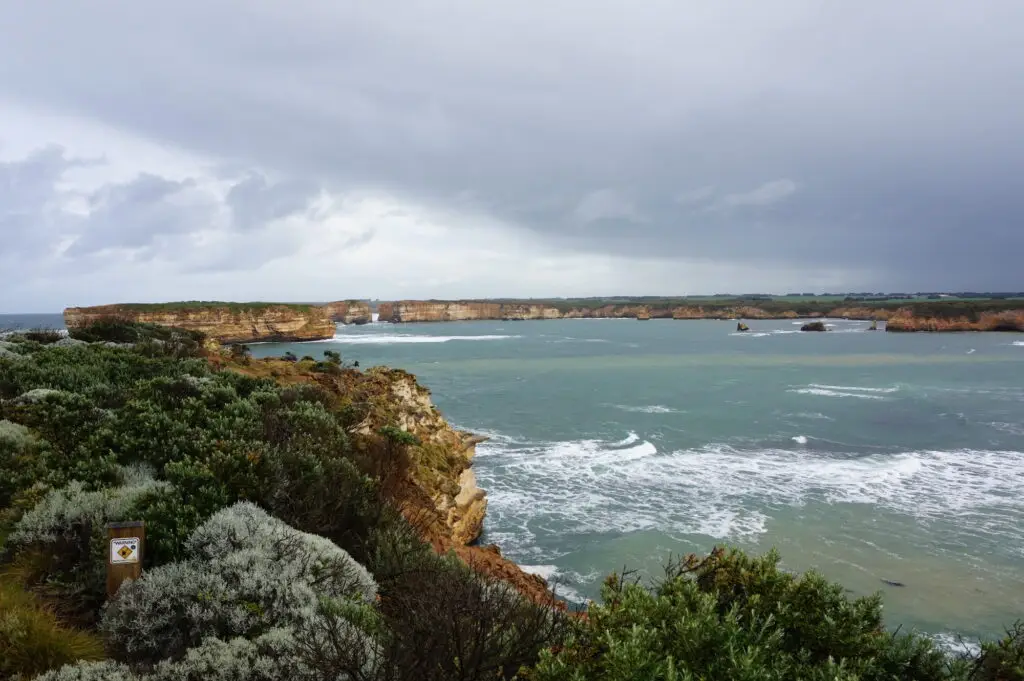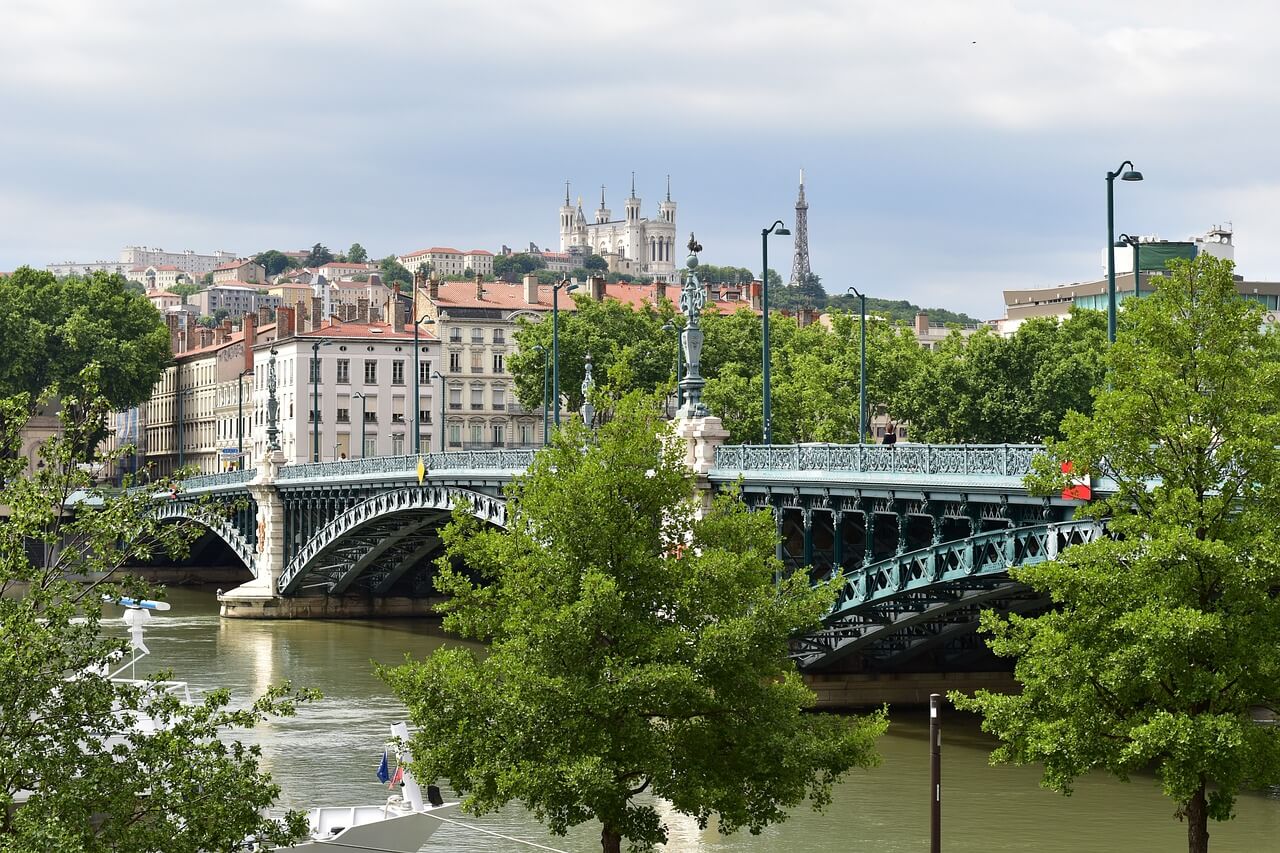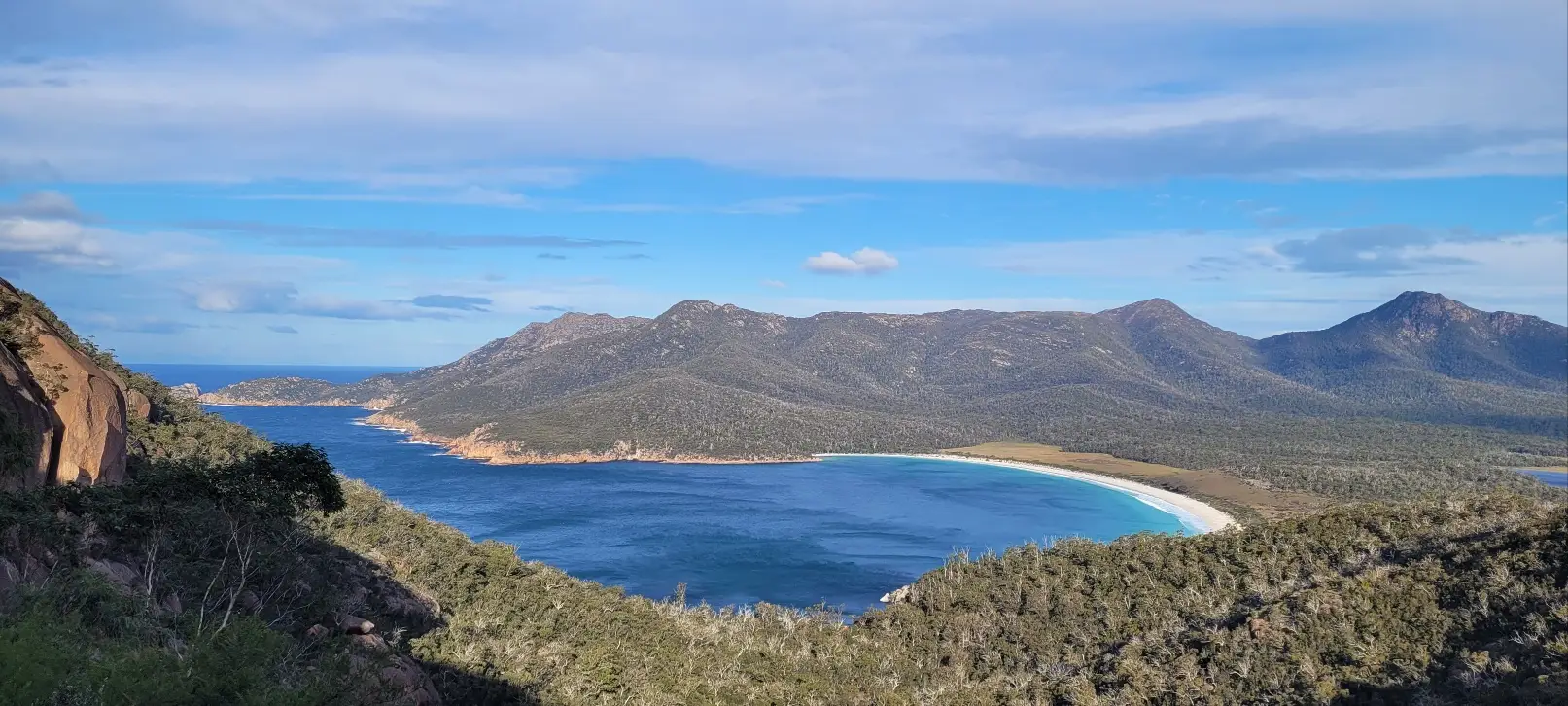

Australia
Great Ocean Road
Tips on the best trekking routes, Great Ocean Road
The Great Ocean Road, a stunning 243-kilometer stretch along Victoria, Australia’s southeastern coast, offers more than just breathtaking views; it’s a trekker’s paradise. Starting from Torquay and winding its way to Allansford, this iconic route serves as a gateway to diverse landscapes, from rugged coastlines and serene beaches to lush rainforests within the Great Otway National Park. Each step along the trails reveals the raw beauty of Australia’s natural wonders, including the famed Twelve Apostles, towering limestone stacks that defy the ocean’s might.
Just a stone’s throw from Melbourne, the Great Ocean Road is a testament to both natural splendor and historical significance, originally built as a memorial to soldiers of World War I. For trekking enthusiasts and adventurers, it represents a unique opportunity to explore the untamed wilderness, with routes offering varying degrees of difficulty and scenic splendor. Whether it’s the challenge of the coastal trails or the allure of ancient rainforests, trekking the Great Ocean Road promises an unforgettable journey through some of Australia’s most picturesque landscapes.
Table of Contents
1. Top 5 Trekking Trail :
-
Great Ocean Walk :
It winds through national parks, beautiful beaches, and rugged coastal cliffs, offering trekkers a chance to experience the raw beauty of the Victorian coastline up close.
Time and Distance : Approximately 100 kilometers; typically takes 6 to 8 days to complete the entire walk.
Difficulty Level : Moderate to challenging, due to its length and varying terrain. Some sections are easier, making it possible for day-trippers to enjoy parts of the walk.
-
The Surf Coast Walk :
It showcases the scenic beauty of the surf coast, including beaches, cliffs, and forests. The Surf Coast Walk is well-marked and includes boardwalks, making it accessible for trekkers of all skill levels.
Time and Distance : 44 kilometers; can be completed in sections, with day walks ranging from 2 to 8 hours.
Difficulty Level : Easy to moderate. The walk is divided into 12 distinct sections, allowing trekkers to choose portions that match their fitness level.
-
Teddy’s Lookout Circuit :
Located near Lorne, this short but scenic circuit offers stunning views of the Saint George River and the coastline. It’s an easy trek, suitable for families and casual walkers, and provides a quick immersion into the coastal scenery without requiring a full day’s commitment.
Time and Distance : Around 1 kilometer; roughly a 30-minute circuit.
Difficulty Level : Easy. This short loop is suitable for all ages and fitness levels, offering stunning views with minimal effort.
-
Cape Otway Lightstation to Rainbow Falls :
This trek combines historical attractions with natural beauty, leading hikers from the oldest surviving lighthouse on the Australian mainland to the serene Rainbow Falls. The route passes through diverse landscapes, including coastal forests and rocky shores.
Time and Distance : Approximately 5 kilometers return; around 2 to 3 hours.
Difficulty Level : Moderate. The trail involves some uneven terrain and steep sections, but it’s generally manageable for those with a moderate level of fitness.
-
Grampians Peaks Trail :
While not directly on the Great Ocean Road, the Grampians National Park is within reach for those willing to venture inland. The Grampians Peaks Trail is a challenging multi-day hike through some of Victoria’s most dramatic mountain scenery, offering panoramic views, rugged terrain, and unique wildlife.
Time and Distance : The full trail covers approximately 160 kilometers; it can take 9 to 13 days to complete. Shorter sections can be hiked in 2 to 3 days.
Difficulty Level : Challenging. This trail is suited for experienced hikers, offering steep climbs and rugged terrain.
* These trekking courses offer a variety of experiences, from easy, scenic walks to challenging multi-day hikes. Depending on the trek, you may need to plan for transport logistics, especially for longer routes where shuttle services or car relocations might be necessary.
2. How to get there :
-
Great Ocean Walk :
By Car :Apollo Bay, the starting point for the Great Ocean Walk, is about 2.5 hours from Melbourne by car. There are several parking spots along the trail for those doing day hikes or shorter sections.
Shuttle Service : For those doing the entire walk or large sections, shuttle services can transport your luggage to your next accommodation and sometimes offer pick-up and drop-off services at various trailheads.
-
The Surf Coast Walk :
By Car :The trail starts in Torquay, which is about 1.5 hours from Melbourne by car. Parking is available at several access points along the walk.
Public Transport : Regular bus services run from Melbourne to Torquay, and local buses can get you to various points along the trail.
-
Teddy’s Lookout Circuit :
By Car :Teddy’s Lookout is located near Lorne, about 2 hours from Melbourne. There’s a car park at Teddy’s Lookout, making it easily accessible.
Public Transport : You can take a V/Line bus from Melbourne to Lorne. From there, Teddy’s Lookout is a short walk or taxi ride away.
-
Cape Otway Lightstation to Rainbow Falls :
By Car :The Cape Otway Lightstation is approximately 3 hours from Melbourne. Parking is available at the lightstation.
Public Transport : This area is more challenging to reach by public transport. The best way is to drive or join a guided tour.
-
Grampians Peaks Trail :
By Car :The Grampians National Park is about a 3-hour drive from Melbourne. Halls Gap is a good starting point for accessing the trail, with several parking options available.
Public Transport : You can take a train from Melbourne to Ararat, and then a bus to Halls Gap. Note that reaching specific trailheads within the park might require additional transport arrangements.
3. Best Time for Trekking
The best time for trekking along the Great Ocean Road in Victoria, Australia, largely depends on weather conditions and personal preferences for outdoor activities. The region experiences a temperate maritime climate, with variable weather throughout the year. Here’s a seasonal breakdown to help you plan:
-
Spring (September to November) :
Weather : Spring offers mild temperatures and relatively lower rainfall, making it an excellent time for trekking. Temperatures range from 10°C to 20°C (50°F to 68°F).
Advantages : The landscape is vibrant with spring blooms and the return of wildlife, providing beautiful scenery and pleasant conditions for hiking.
-
Summer (December to February) :
Weather : Summers are warm, with temperatures ranging from 14°C to 25°C (57°F to 77°F). However, it can be hotter on certain days, and this season sees the most tourists.
Advantages : Longer daylight hours offer more time for hiking and exploring. However, it’s essential to be prepared for sun exposure and occasionally crowded trails.
-
Autumn (March to May) :
Weather : Autumn brings cooler temperatures, similar to spring, ranging from 10°C to 20°C (50°F to 68°F), with less rainfall compared to other seasons.
Advantages : The fall colors in the forests and less crowded trails make it a favorite time for many trekkers. Cooler temperatures are ideal for longer hikes.
-
Winter (June to August) :
Weather : Winters are the coolest and wettest time of the year, with temperatures ranging from 6°C to 14°C (43°F to 57°F). Rain is more frequent, and some trails may be more challenging to navigate.
Advantages : Fewer tourists mean more solitude on the trails, and the winter scenery can be quite dramatic, especially near the coast. Suitable for those who enjoy cooler hiking conditions and don’t mind a bit of rain.
General Advice :
Check Weather Forecasts : Conditions can change rapidly, especially in coastal and mountainous areas, so it’s always a good idea to check the weather forecast before setting out.
Be Prepared : Regardless of the season, dressing in layers, wearing sturdy footwear, and carrying rain gear and sufficient water are essential for a comfortable trekking experience.
4. Must-Try Foods Around Great Ocean Road
-
Fresh Seafood :
What to Try : Lobster, abalone, and snapper are just a few of the fresh catches you can enjoy along the coast. Apollo Bay and Port Fairy are particularly famous for their seafood offerings.
Where : Look for seafood markets and restaurants with ocean views for the freshest options.
-
Local Cheeses :
What to Try : The region is home to several artisan cheese producers, offering everything from sharp cheddars to creamy bries.
Where : Visit farm shops or local markets, such as the Timboon Cheesery, for a taste of the local dairy scene.
-
Craft Beers and Ciders :
What to Try : With a growing number of microbreweries and cideries, the area boasts a variety of craft beers and ciders made with local ingredients.
Where : Check out the Great Ocean Road Brewhouse in Apollo Bay or the Forrest Brewing Company for a relaxed tasting experience.
-
Handmade Chocolates and Ice Cream :
What to Try : Artisan chocolates and locally made ice creams are a treat not to be missed, with unique flavors that reflect the area’s produce.
Where : The Great Ocean Road Chocolaterie & Ice Creamery, near Anglesea, offers an extensive range of sweets and interactive workshops.
-
Gourmet Pies :
What to Try : Australia is famous for its pies, and the Great Ocean Road is no exception. Look for pies filled with locally sourced meats and vegetables.
Where : Bakeries in small towns along the route, like the Apollo Bay Bakery, are perfect spots to sample this Australian staple.
-
Fresh Berries :
What to Try : If you’re traveling in the summer, the berry farms along the Great Ocean Road offer sweet strawberries, blueberries, and raspberries.
Where : Pick your own at berry farms in the region or buy them fresh at local markets.
-
Wine :
What to Try : The cool climate wines of the region, particularly pinot noir and chardonnay, are well-regarded. Some vineyards also offer stunning coastal views.
Where : Visit cellar doors and vineyards in the hinterlands, such as those near Geelong and the Bellarine Peninsula, for tastings and vineyard tours.

5. Accommodations
Arranging accommodation along the Great Ocean Road for a trekking trip requires a bit of planning, especially during peak seasons. The region offers a wide range of options to suit different preferences and budgets. Here are some methods and recommendations for booking your stay:
-
Online Booking Platforms :
Use sites like Trip.com, Airbnb, or Agoda : These platforms offer a variety of accommodation types, from hotels and hostels to bed and breakfasts and private rentals. They allow you to filter options based on your preferences, check availability, and read reviews from previous guests.
Advantage : Convenient way to compare prices and locations.
Tip : Book well in advance during peak tourist seasons (summer and school holidays) to secure the best spots.
-
Campgrounds and Caravan Parks :
For the outdoor enthusiast : The Great Ocean Road offers numerous campgrounds and caravan parks, ranging from basic sites to those with more amenities like showers and cooking facilities.
Booking : Check out Parks Victoria for national park camping or directly visit websites of private campgrounds and caravan parks along the route.
Advantage : Immersive nature experience and cost-effective.
Tip : Some sites operate on a first-come, first-served basis, but many require booking ahead, especially during peak times.
-
Local Tourism Offices :
Personal touch : Visit or contact local tourism offices in towns along the Great Ocean Road for accommodation recommendations and booking assistance.
Advantage : Staff can offer up-to-date advice on availability and sometimes access deals or options not widely advertised.
-
Specialty Lodging and Eco-Stays :
Unique stays : Look for boutique accommodations, eco-lodges, and B&Bs for a more personalized experience. These are often located in scenic spots ideal for trekkers.
Booking : Direct booking through the accommodation’s website can sometimes offer the best rates and availability.
-
Hiking and Trekking Tours :
Guided experiences : Consider booking a guided trekking tour that includes accommodation as part of the package. This can simplify logistics and enhance your experience with expert guides.
Advantage : Stress-free planning, and tours often include meals and transportation.





